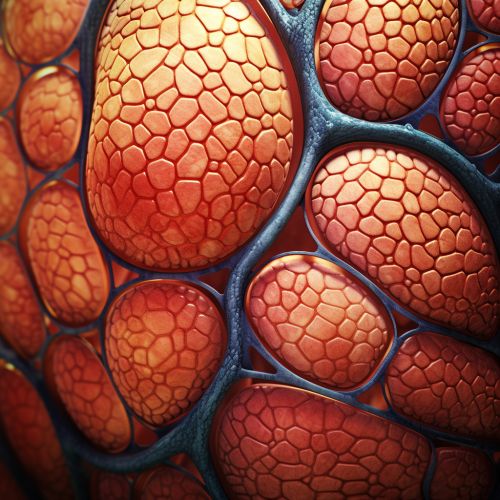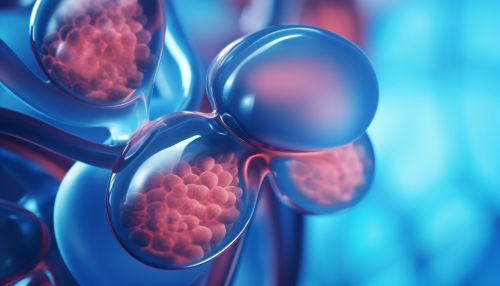Renal Physiology
Introduction
Renal physiology is the study of the functions of the kidneys, vital organs that play a crucial role in maintaining homeostasis in the body. The kidneys are responsible for the regulation of electrolyte balance, acid-base balance, blood pressure, and the removal of waste products from the body Read more.


Structure of the Kidney
The kidneys are bean-shaped organs located in the retroperitoneal space of the abdomen. Each kidney is composed of approximately one million functional units called nephrons Read more. Each nephron is composed of a renal corpuscle and a renal tubule. The renal corpuscle consists of a glomerulus, a network of capillaries, and a Bowman's capsule. The renal tubule is divided into the proximal tubule, loop of Henle, and distal tubule, which leads to a collecting duct Read more.
Functions of the Kidney
The primary functions of the kidneys include:
- Filtration: The kidneys filter the blood to remove waste products and excess substances. This process occurs in the glomerulus of the renal corpuscle.
- Reabsorption: Essential substances such as glucose, amino acids, and electrolytes are reabsorbed back into the blood in the renal tubules.
- Secretion: The kidneys secrete substances such as hydrogen ions, potassium ions, and certain drugs into the urine.
- Excretion: The kidneys excrete waste products and excess substances in the urine.
- Regulation of Blood Pressure: The kidneys regulate blood pressure through the renin-angiotensin-aldosterone system Read more.
- Regulation of Electrolyte Balance: The kidneys maintain the balance of electrolytes in the body, including sodium, potassium, and calcium.
- Regulation of Acid-Base Balance: The kidneys regulate the pH of the body fluids by excreting hydrogen ions and reabsorbing bicarbonate ions.
- Erythropoiesis: The kidneys produce erythropoietin, a hormone that stimulates the production of red blood cells in the bone marrow Read more.
- Metabolism of Vitamin D: The kidneys convert inactive vitamin D into its active form, calcitriol, which is essential for calcium absorption in the gut Read more.
Renal Blood Flow
The kidneys receive about 20% of the cardiac output, making them one of the most perfused organs in the body. The renal arteries, branches of the abdominal aorta, supply the kidneys with blood. The renal arteries divide into smaller arteries and arterioles, which lead to the glomeruli. After filtration, the blood leaves the kidneys through the renal veins and returns to the systemic circulation.
Urine Formation
Urine formation is a complex process that involves filtration, reabsorption, secretion, and excretion. It begins in the glomerulus, where the blood is filtered to form a filtrate. The filtrate then passes through the renal tubules, where essential substances are reabsorbed back into the blood, and waste products are secreted into the filtrate. The filtrate, now called urine, is collected in the collecting ducts and drains into the renal pelvis, from where it is transported to the bladder for storage and eventual excretion.
Disorders of Renal Function
There are numerous disorders that can affect renal function, including acute kidney injury, chronic kidney disease, glomerulonephritis, nephrotic syndrome, and renal failure Read more. These disorders can lead to a range of symptoms and complications, including fluid and electrolyte imbalances, acid-base disturbances, hypertension, anemia, and bone disease.
